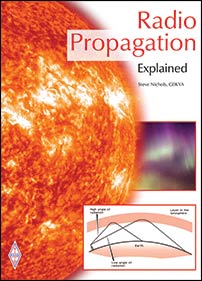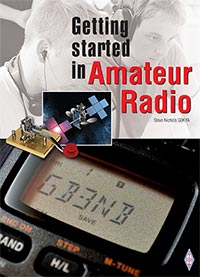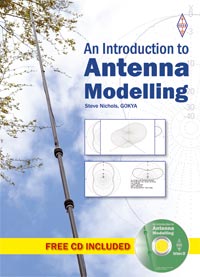
A project at my local club (Norfolk Amateur Radio Club) turned into a bit of a nightmare recently. The project was simple - let some of the youngsters make a 2m Slim Jim antenna out of 300 Ohm ribbon cable.
We had made plenty of these before and they work well. You cut a piece of white, translucent ribbon cable of about 60 inches long and bare the wires at both ends by about half an inch. You then twist the ends together and solder, giving you an overall length of 59 inches.
Then you cut a one-inch slot on one side about 18 inches up from the bottom. Feed it across the two elements about two inches from the bottom and there you go – except we didn't.
For this exercise we had bought some black, heavy duty 300 Ohm ribbon. When we made them up they came out on an MFJ analyser at about 136MHz – they were obviously too long.
After much messing around I decided that the only reason must be that the velocity factor of the black ribbon cable is different to the translucent stuff.
Out with a calculator and I reckoned it was about four inches too long. We decided to shorten one – carefully – until we got it right. We could then use it as a template for the rest.
We ended up with a length of 53 inches, with the slot 16 inches up from the bottom. This gave a virtual 1:1 – 1:1.5 SWR at 145MHz.
My prototype Slim Jim has now been put in a piece of white piping from the local hardware store with the silver top off a room spray on one end and the end off a toothpaste tube on the other.
It looks quite good and cost about £5 all in.
So if you are going to make a Slim Jim from ribbon cable do bear in mind that the length will depend on the type of cable you use.














